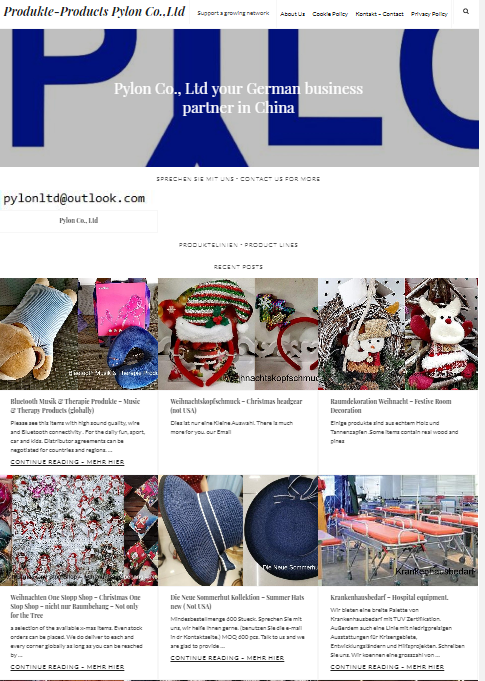Ningbo will build "Hemudu Prehistoric Cultural Identity"
- Details
- Category: Ningbo District
- Published: Tuesday, 31 August 2021 13:55
The Hemudu site was first excavated in the 1970s. It rewritten the theory of the origin of Chinese civilization and was included in middle school textbooks. It was selected as one of China’s top 100 archaeological discoveries in the 20th century. Not far from the Hemudu site in Yuyao Sanqi town, the newly discovered Jingtou Mountain site is an ancient fishing village 8,000 years ago. Hence, the source of Hemudu culture was discovered and the history of Yuyao and Ningbo was dated back to 1,000 years earlier. It provides the earliest archaeological evidence for the study of the origin of marine civilization in China and the world, and was awarded the “Top Ten New Archaeological Discoveries in China” in 2020.
At present, under the guidance of the National and Provincial Cultural Relics Bureau, Ningbo has determined the short-term and long-term goals of the Hemudu Cultural Site Group (including the Jingtou Mountain Site and Shi'ao Site) to build a national archaeological site park and to apply for World Cultural Heritage. Currently, the China Cultural Heritage Research Institute is being commissioned to compile the "Overall Plan for the Hemudu Archaeological Site Park", and the first draft and expert and departmental demonstrations have been completed. After the completion of the first phase of the archaeological excavation work at the Jingtou Mountain site, the original site was backfilled and protected after many demonstrations, and it was announced as the Yuyao City Cultural Relics Protection Unit.
Focusing on the goal of creating the national "14th Five-Year Plan" site and the national archaeological site park, Ningbo, using the "Overall Plan of Hemudu Archaeological Site Park" as the blueprint and Hemudu, Tianluoshan, Zishan, Jingtoushan, and Shi’ao and other sites as the main body, will build an archaeological site park that integrates protection, interpretation, display, and inheritance of Hemudu culture, build a suburban ecological park with landscapes of humanities, swamps, waters, plains, and hills, and create an open air museum which have both Hemudu culture and marine culture








